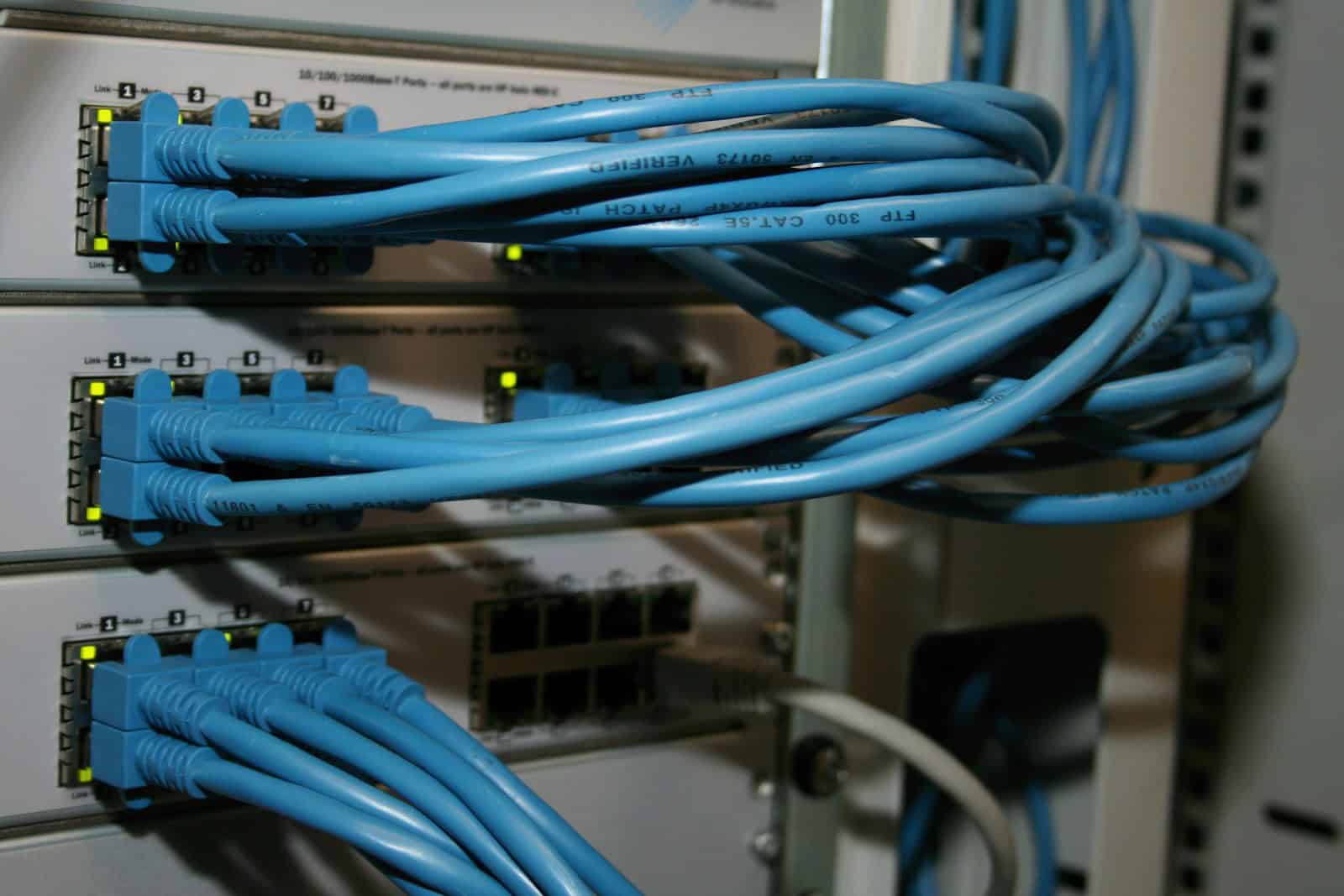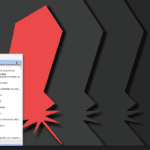Server status monitoring is crucial for maintaining reliable online services. Checking server status helps users and administrators quickly identify and respond to outages or performance issues. Many popular websites and games offer dedicated status pages to keep users informed about service availability.
These status pages provide real-time updates on server health, planned maintenance, and unexpected downtime. For example, Rainbow Six Siege displays live status information for its game servers. This transparency allows players to understand if connection problems stem from their own setup or the game’s infrastructure.
Third-party services like Downdetector aggregate user reports to track outages across multiple platforms. This can be especially useful for detecting widespread issues affecting numerous services simultaneously.
| Platform | Status Page |
|---|---|
| Roblox | Downdetector – Roblox |
| Minecraft | MCSrvStat |
| Epic Games | Epic Games Status |
Keeping an Eye on Your Servers: Server Status Monitoring
Whether you’re running a website, an application, or a critical business service, server status monitoring is essential for ensuring uptime, performance, and reliability. It’s like having a vigilant watchdog that alerts you to potential problems before they impact your users.
Why Monitor Server Status?
- Prevent Downtime: Detect and address issues proactively before they lead to service outages.
- Optimize Performance: Identify performance bottlenecks and resource constraints.
- Improve User Experience: Ensure a smooth and responsive experience for your users.
- Maintain Security: Detect suspicious activity and potential security breaches.
- Meet SLAs: Track uptime and performance to meet service level agreements (SLAs).
Key Metrics to Monitor
- Uptime/Downtime: Track the availability of your server and services.
- CPU Usage: Monitor processor utilization to identify potential overloads.
- Memory Usage: Track RAM usage to ensure sufficient memory for applications.
- Disk Space: Monitor storage capacity to prevent running out of space.
- Network Traffic: Track bandwidth usage and identify potential network congestion.
- Response Time: Measure the time it takes for your server to respond to requests.
- Error Rates: Track the frequency of errors and exceptions.
Monitoring Tools and Techniques
- Ping: A basic tool that checks if a server is reachable.
- HTTP Monitoring: Monitors the availability and response time of web servers.
- SNMP Monitoring: Collects detailed information about server hardware and software.
- Log Monitoring: Analyzes server logs to identify errors and suspicious activity.
- Application Performance Monitoring (APM): Provides deep insights into application performance.
| Tool/Technique | Description |
|---|---|
| Ping | Checks server reachability |
| HTTP Monitoring | Monitors web server availability |
| SNMP Monitoring | Collects server information |
| Log Monitoring | Analyzes server logs |
| APM | Monitors application performance |
Choosing the Right Monitoring Solution
- Hosted vs. Self-Hosted: Decide whether you want a cloud-based solution or to manage your own monitoring infrastructure.
- Features: Select a solution that offers the metrics and alerts you need.
- Scalability: Choose a solution that can grow with your needs.
- Ease of Use: Consider the user interface and how easy it is to set up and manage.
- Cost: Evaluate pricing models and choose a solution that fits your budget.
Alerting and Notifications
Set up alerts to notify you of critical events, such as server downtime, high CPU usage, or disk space warnings. Common notification methods include email, SMS, and push notifications.
Server Monitoring Best Practices
- Establish Baselines: Understand your server’s normal performance levels to identify deviations.
- Monitor Regularly: Track metrics consistently to detect trends and potential issues.
- Set Realistic Alerts: Avoid alert fatigue by setting thresholds that indicate real problems.
- Document Everything: Keep records of server configurations, monitoring settings, and incident responses.
- Regularly Review and Adjust: Periodically review your monitoring strategy and adjust it as needed.
Understanding Server Status
Server status provides crucial information about a server’s operational condition. It helps diagnose issues and ensure optimal performance. Monitoring server status allows quick detection and resolution of problems.
Components of a Server Status
Server status consists of several key elements. CPU usage indicates how much processing power the server is using. Memory utilization shows available RAM. Disk space reveals storage capacity.
Network activity measures data transfer rates. Running processes list active programs. Uptime tracks continuous operation duration. Load average represents system demand over time.
These components work together to paint a complete picture of server health. Administrators use this data to identify bottlenecks and optimize performance. Regular status checks help prevent unexpected downtime.
Indicators of Server Health
Several indicators help assess server health. Response time measures how quickly the server responds to requests. Error rates track the frequency of issues. Throughput gauges the server’s ability to handle traffic.
Resource utilization shows how efficiently the server uses its components. Security metrics monitor potential threats. Application performance tracks specific software functionality.
| Indicator | Description | Ideal Range |
|---|---|---|
| Response Time | Time to process requests | < 200 ms |
| Error Rate | Percentage of failed requests | < 1% |
| CPU Usage | Processor utilization | < 80% |
| Memory Usage | RAM consumption | < 90% |
| Disk I/O | Read/write operations | < 80% capacity |
Monitoring these indicators helps maintain server stability. Proactive management based on these metrics can prevent many common server issues. Regular analysis of these health indicators ensures optimal server performance.
Monitoring Server Status
Effective server monitoring ensures optimal performance and rapid response to issues. Key aspects include utilizing reliable tools and implementing efficient troubleshooting procedures.
Tools for Server Monitoring
NinjaOne offers comprehensive server monitoring capabilities. It tracks hardware metrics, application performance, and network status. The cloud-based platform allows remote access for IT teams.
Prometheus is a popular open-source option. It excels at collecting and storing time-series data. Many organizations pair it with Grafana for visualization.
Datadog provides real-time alerts and customizable dashboards. Its anomaly detection helps identify unusual server behavior quickly.
| Tool | Type | Key Feature |
|---|---|---|
| NinjaOne | Cloud-based | Remote management |
| Prometheus | Open-source | Time-series data |
| Datadog | SaaS | Anomaly detection |
These tools offer APIs for integration with other systems. This allows for automated responses to server issues.
Responding to Server Outages
Quick detection is crucial when servers go offline. Many monitoring tools send alerts via email, SMS, or push notifications. IT teams should establish clear escalation procedures.
Public-facing services may benefit from external monitoring. Sites like Downdetector aggregate user reports of outages. This provides an additional layer of awareness.
During an outage, communication is key. Updates on social media keep users informed. Internal teams should use dedicated channels for coordinating recovery efforts.
Post-outage analysis helps prevent future incidents. Teams should review logs, identify root causes, and update monitoring thresholds as needed.
Server Status in Popular Services
Monitoring server status is crucial for online services. It helps users understand service availability and performance. Gaming platforms and content delivery networks are particularly reliant on server health.
Gaming Services and Server Status
Gaming services often face server issues during peak times. Steam and Minecraft servers frequently experience high traffic loads. This can lead to connection problems or lag for players.
Steam provides a status page for its services. Users can check for issues with the Steam store, community, or game servers. Minecraft server status varies by individual server. Many third-party tools exist to monitor Minecraft server health.
CS, a popular first-person shooter, relies on stable servers for competitive play. Valve, the game’s developer, maintains dedicated servers worldwide. Players can view server status through the game client or community websites.
| Game Service | Status Check Method |
|---|---|
| Steam | Official status page |
| Minecraft | Third-party tools |
| CS | In-game client |
Server stability impacts player experience significantly. Game developers work to minimize downtime and optimize performance.
Content Delivery Networks and Their Status
Content Delivery Networks (CDNs) distribute web content across multiple servers. This improves loading speeds and reliability for users worldwide. Major CDNs include Cloudflare, Akamai, and Amazon CloudFront.
CDN providers offer status pages for real-time updates. These pages show current performance and any ongoing issues. ThousandEyes’ Internet Outages Map provides a global view of CDN and ISP outages.
YouTube, a major video platform, relies heavily on CDN infrastructure. Its status can be checked through Google’s Cloud Status dashboard. CDN issues can affect video loading times and streaming quality for YouTube users.
CDN status monitoring is essential for websites and online services. It helps identify the source of performance problems quickly. Many CDN providers offer APIs for automated status checks and alerts.
Troubleshooting Server Issues
Server problems can disrupt operations and impact user experience. Quick identification and resolution of issues are crucial for maintaining system reliability and performance.
Identifying Connectivity Problems
Network connectivity issues often cause server problems. Start by checking the physical connections. Ensure all cables are securely plugged in and undamaged. Verify network settings like IP addresses and DNS configurations are correct.
Use ping tests to check network reachability. If pings fail, the issue may be with the network or firewall. Run traceroute to pinpoint where connection drops occur.
Check server logs for error messages. These can reveal specific connectivity problems. Common issues include:
- Misconfigured network settings
- Firewall blocking traffic
- DNS resolution failures
- Overloaded network interfaces
Monitor network traffic using tools like Wireshark. This can expose unusual patterns or potential security threats affecting connectivity.
Solutions for Server Downtime
When a server goes down, act quickly to minimize disruption. First, attempt a remote restart if possible. If unsuccessful, physical access may be required.
Check server resource usage. High CPU, memory, or disk usage can cause crashes. Identify and terminate resource-intensive processes if necessary.
| Common Causes of Downtime | Solutions |
|---|---|
| Hardware failure | Replace faulty components |
| Software crashes | Update or rollback problematic software |
| Overloaded resources | Add capacity or optimize resource usage |
| Security breaches | Patch vulnerabilities and strengthen defenses |
Review recent changes to the server. Reverting recent updates or configuration changes may resolve the issue.
Implement redundancy and failover systems to prevent future downtime. This includes backup servers, load balancers, and automated monitoring tools.
Regular maintenance and proactive monitoring help prevent many server issues before they cause downtime.
Frequently Asked Questions
Server status inquiries are common across popular gaming platforms and online services. Users often seek reliable ways to check server availability and receive updates on outages.
How can I check the current status of Fortnite servers?
Players can visit the official Fortnite Status Twitter account for real-time updates. Epic Games also maintains a service status page on their website. These resources provide information on server performance and scheduled maintenance.
What is the process for verifying the server status for FFXIV?
Square Enix offers a dedicated server status page for Final Fantasy XIV. Players can check this page to view the current state of game worlds and data centers. The official FFXIV Twitter account also posts updates during major outages.
Where can I find updates on Epic Games server availability?
Epic Games provides a status page for all their services. This page shows the health of various components including the Epic Games Store, Fortnite, and other games. Users can also follow the Epic Games Status Twitter account for notifications.
What is the best way to find server status information for PSN?
Sony maintains an official PlayStation Network status page. This page displays the current state of PSN services including gaming, social features, and the PlayStation Store. The Ask PlayStation Twitter account often shares updates during outages.
How can users determine World of Warcraft server status in the EU?
Blizzard offers a realm status page for World of Warcraft. Players can filter by region to view EU server status. The official Blizzard Customer Service Twitter account for Europe also provides updates on server issues.
What resources are available for real-time server outage detection?
Several third-party websites offer server status checking tools. These sites allow users to input a website or service URL to check its availability. Some popular options include DownDetector, IsItDownRightNow, and OutageReport.
| Platform | Official Status Page | Twitter Account for Updates |
|---|---|---|
| Fortnite | Epic Games Status | @FortniteStatus |
| FFXIV | FFXIV Lodestone | @FFXIV_NEWS_EN |
| Epic Games | Epic Games Status | @EpicGameStatus |
| PSN | PlayStation Network Status | @AskPlayStation |
| WoW (EU) | Realm Status | @BlizzardCSEU_EN |






